Select an Orthopaedic Specialty and Learn More
Use our specialty filter and search function to find information about specific orthopaedic conditions, treatments, anatomy, and more, quickly and easily.
GET THE HURT! APP FOR FREE INJURY ADVICE IN MINUTES
Shoreline Orthopaedics and the HURT! app have partnered to give you virtual access to a network of orthopaedic specialists, ready to offer guidance for injuries and ongoing bone or joint problems, 24/7/365.
Browse Specialties
-
- Arthritis
- Hand & Wrist
- Joint Disorders
Hand & Wrist Arthritis
There are many small joints in the hand and wrist that work together to produce the fine motion necessary to perform detailed tasks such as threading a needle or tying a shoelace. When one or more of these joints is affected by arthritis, even simple activities can become difficult. Although there are many types of arthritis, most fall into one of two major categories: osteoarthritis and rheumatoid arthritis, or RA.
More Info -
- Pediatric Injuries
- Sports Medicine
High School Sports Injuries
Teenage athletes are injured at approximately the same rate as professional athletes, but because they are often still growing, it is extremely important seek proper treatment immediately. A child’s bones grow at a different rate of speed from that of muscles and tendons. This uneven growth pattern makes younger athletes more susceptible to muscle and tendon injuries, and growth plate fractures.
More Info -
- Joint Disorders
- Knee
- Pediatric Injuries
- Sports Medicine
Jumper’s Knee
Repetitive contraction of the quadriceps muscles in the thigh can stress the patellar tendon where it attaches to the kneecap, causing inflammation and tissue damage (patellar tendinitis). For a child, this repetitive stress on the tendon can irritate and injure the growth plate, resulting in a condition referred to as Sinding-Larsen-Johansson disease.
More Info -
- Fractures, Sprains & Strains
- Muscle Disorders
- Neck and Back (Spine)
Lumbar Back Strain
A lumbar strain is an injury to the tendons and/or muscles of the lower back, ranging from simple stretching injuries to partial or complete tears in the muscle/tendon combination. These tears cause inflammation in the surrounding area, resulting in painful back spasms and difficulty moving. An acute lumber strain is one that has been present for days or weeks. If it has persisted for longer than 3 months, it is considered chronic.
More Info -
- Joint Disorders
- Joint Replacement & Revision
- Knee
Partial Knee Replacement
Unicompartmental (or partial) knee replacement is an option for a small percentage of patients with osteoarthritis of the knee that is limited to a single compartment of the knee. During this procedure, only the damaged compartment is replaced with metal and plastic, while the healthy cartilage and bone in the rest of the knee is left alone.
More Info -
- Foot & Ankle
- Podiatry
- Sports Medicine
Posterior Tibial Tendon Dysfunction
Posterior tibial tendon dysfunction is one of the most common problems of the foot and ankle. It occurs when the tendon becomes inflamed or torn, which impairs the tendon’s ability to provide stability and support for the arch of the foot, resulting in flatfoot.
More Info -
- Neck and Back (Spine)
- Pediatric Injuries
- Physical Medicine & Rehabilitation (PM&R)
- Sports Medicine
Spondylolysis & Spondylolisthesis
Many people with spondylolysis and spondylolisthesis do not experience obvious symptoms or pain. Often, a patient visits the doctor for activity-related lower back pain, only to be surprised by the diagnosis. Patients may experience what feels like a muscle strain, with pain that spreads across lower back, and is sometimes accompanied by leg pain. Spondylolisthesis can also cause spasms that stiffen the back and tighten hamstring muscles, resulting in changes to posture and gain.
More Info -
- Joint Disorders
- Knee
Unstable Kneecap (Patella Instability) Procedures
In a normal knee, the kneecap fits nicely in the femoral groove, allowing you to walk, run, sit, stand, and move easily. But if the groove is uneven or too shallow, the kneecap can slide off, resulting in a partial or complete dislocation. A sharp blow to the kneecap, as in a fall, can also pop the kneecap out of place. When this happens, the MPFL is usually torn and this makes it more likely for it to happen again.
More Info

